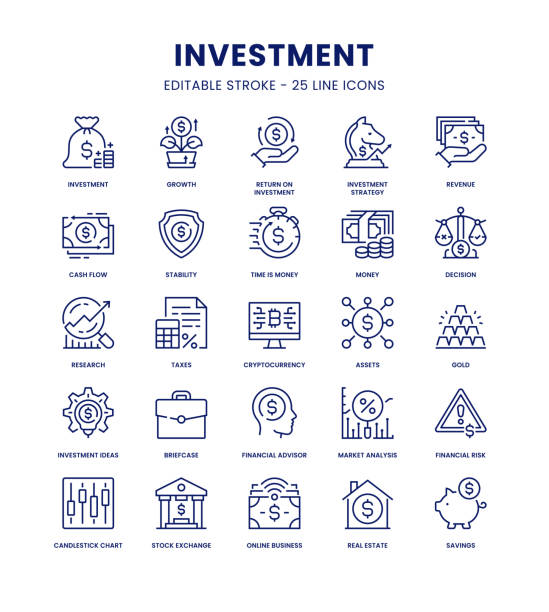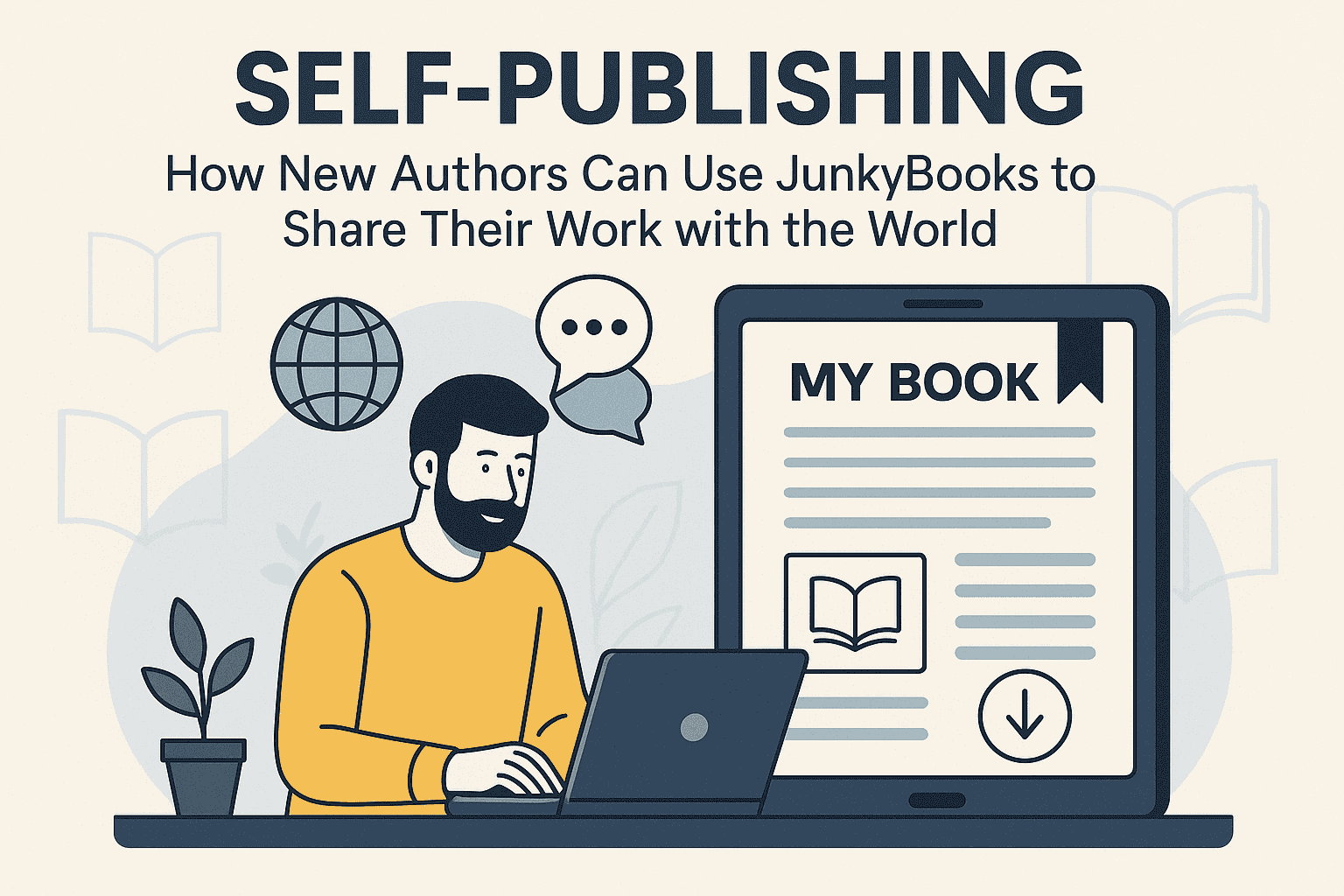Illuminating Insights: The Power of Highlighting and Underlining Key Passages
Introduction
The pages of a book hold a treasure trove of wisdom, emotions, and ideas waiting to be discovered. One of the most effective ways to navigate this literary landscape and capture its essence is by highlighting or underlining key passages. Just as an artist adds brushstrokes to a canvas, these marks on the page allow you to capture and remember the most significant moments, insights, and sentiments within a text. In this article, we'll explore the art of highlighting and underlining, discussing how this practice enhances your reading experience, promotes deeper engagement, and creates a personalized connection with the material.
The Art of Selective Emphasis
Highlighting and underlining are techniques that transform the act of reading into an interactive and reflective process. By marking specific passages, you curate a visual map of your journey through the text, making it easier to revisit and explore the ideas that resonate most with you.
Identify Key Passages
As you read, look for passages that encapsulate the main ideas, themes, or emotional highlights of the text. These may include thought-provoking quotes, beautiful descriptions, pivotal moments in the plot, or insightful observations made by the author.
Capture the Essence
When you come across a passage that resonates with you, use a highlighter or pen to emphasize it. Choose a color that speaks to you – it could be vibrant or subtle, depending on your preferences. As the page becomes adorned with these marks, it transforms into a visual representation of your journey through the book.
Underlining for Precision
Underlining serves as a more subtle alternative to highlighting. It's particularly effective for marking sentences or phrases that stand out within a paragraph. Underlining allows you to focus on the essence of a passage without adding too much visual clutter.
Flagging for Future Exploration
In addition to highlighting and underlining, sticky notes serve as versatile tools for flagging passages that you wish to revisit or explore further.
Selective Flagging
Use sticky notes to mark passages that spark curiosity or require deeper contemplation. These could be moments that raise questions, evoke strong emotions, or connect to your personal experiences.
Personal Annotations
Write brief notes on sticky notes to provide context for the flagged passages. These annotations could include your thoughts, interpretations, or connections to other parts of the book or external sources.
The Rewards of Visual Engagement
Highlighting, underlining, and flagging passages in a book extend beyond the act itself. They offer a range of benefits that contribute to an enriched and personalized reading experience.
Active Engagement
As you interact with the text, you actively engage with the ideas presented by the author. This interactive approach fosters a deeper connection with the material.
Enhanced Recall
Marked passages serve as memory aids, helping you recall key ideas and moments when discussing the book or revisiting it in the future.
Personal Reflection
The process of selecting passages to mark encourages personal reflection. It prompts you to consider why a particular passage resonates with you and how it connects to your own thoughts and experiences.
Visual Map of Insights
A book adorned with highlights, underlines, and sticky notes becomes a visual representation of your intellectual journey. It's a testament to your engagement and exploration of the text.
Conclusion
Highlighting, underlining, and flagging passages in a book is an act of intentional engagement that transforms reading from a solitary activity into a dynamic dialogue between author and reader. By marking key passages, you create a personalized roadmap of insights, emotions, and discoveries that guide you through the narrative. As you embark on your reading journey, consider these techniques as tools to enrich your experience and deepen your connection with the written word. Just as an artist's brushstrokes bring life to a canvas, your marks on the page illuminate the essence of the text, turning a simple book into a repository of wisdom, inspiration, and personal reflection.







